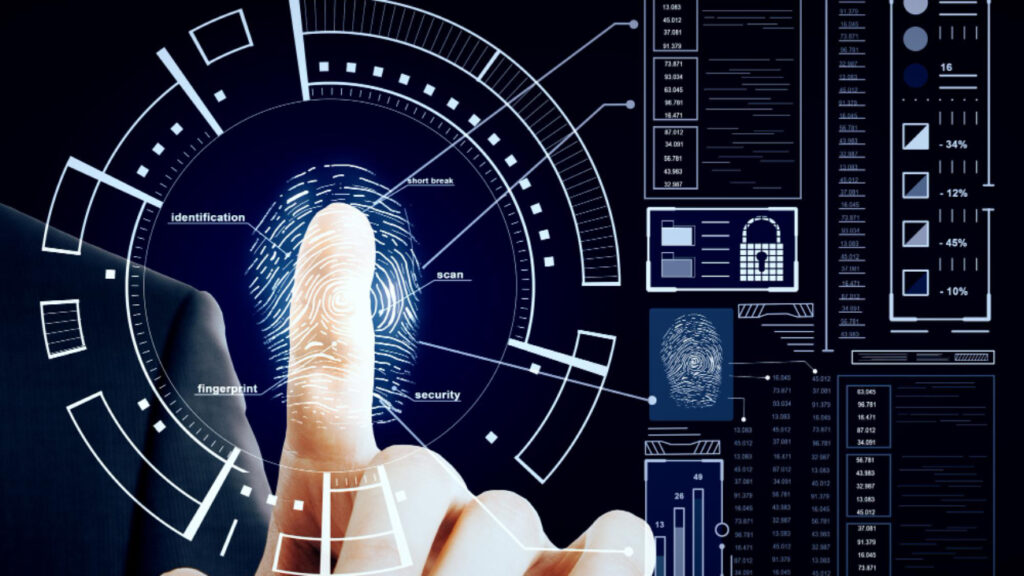Sharing information is more feasible in today’s digital age stated by Bahaa Abdul Hadi. So protecting access to sensitive data and resources has become paramount. Identity and Access Management (IAM) solutions make this endeavor fruitful by ensuring only authorized users can access specific systems and information. However, implementing an IAM system effectively requires careful planning and execution.
Planning and Assessment
Before diving into the technical aspects, making a plan is important. Consider the following variables to get started.
- Define Your Needs: Clearly identify your organization’s specific needs and security goals. What data and systems require the most stringent access control? What user access levels are necessary for different roles within your organization?
- Inventory Resources: Create a comprehensive list of all digital assets which includes applications, databases and user accounts. This inventory forms the foundation for establishing access control policies.
- Understand User Roles: Define different user roles within your organization and the level of access required for each role. Match the right authority to the appropriate access privilege.
Implementation Considerations
Once you have a clear roadmap, it’s time to delve into the implementation phase. Here are key best practices to keep in mind:
- Centralized Identity Management: Opt for a centralized IAM system that manages user identities and access privileges across all your applications and systems. Your administration will be simplified and the risk of inconsistent access controls reduced.
- Least Privilege Principle: Implement the principle of least privilege. Grant users only the minimum level of access necessary to perform their job duties. If unauthorized access occurs, the potential damage will be much less.
- Strong Authentication: Enforce strong authentication measures beyond traditional passwords. Multi-factor authentication (MFA) that combines something you know (password) with something you have (security token) adds an extra layer of security.
- Regular User Reviews: Conduct regular reviews of user access privileges. Revoke access for terminated employees or those whose roles have changed to prevent unauthorized access.
Integration and Automation
- Integration with Existing Systems: Ensure your IAM solution integrates smoothly with your existing IT infrastructure. You will find no need for manual data entry, while your user provisioning and deprovisioning gets streamlined.
- Automated Workflows: Automate routine tasks such as user provisioning, access requests and password resets. It improves efficiency and reduces the risk of human error.
User Education and Training
A successful IAM implementation requires user buy-in and active participation. Here’s how to ensure user awareness:
- User Education: Educate users about the importance of responsible access practices in cybersecurity. Train them on proper password hygiene and the need of reporting suspicious activity.
- Regular Updates: Keep users informed about any changes to IAM policies or security procedures.
Conclusion
Implementing a robust IAM solution is an ongoing process. Keep these best practices in mind to establish a secure and well-managed identity environment. Your organization’s valuable data and resources will remain safe as a result.
Thank you for your interest in Bahaa Abdul Hadi Blogs. For more information, please visit www.bahaaabdulhadi.com







